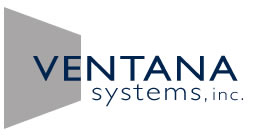New Product Decision Process
For a research pharmaceutical company, Ventana designed and built a decision-support model to help manage the development of a new drug. When the modeling was started, over $120 million was committed to the development of a new drug to better treat a fatal infectious disease. The drug had been under development for two years, and it was targeted for international distribution three years in the future.
The model provided several important, if somewhat vexing, benefits. The most immediate benefit was a re-evaluation of the market for the product. By using the calibrated decision-support model, the product development team discovered that earlier market assessments, which were based on spreadsheet calculations, had poorly analyzed the spread of the disease and the nature of the competition. Within weeks of using the model, the product development team revised its sales forecast scenarios. The high and middle scenarios declined by a factor of two, while the low scenario fell by a factor of three. The product development team then used the model to better optimize its marketing plan.
The company potentially got a larger and more significant organizational benefit as well. Drawing on events from the modeling experience, Ventana noted that the company’s process for evaluating new products put severe and conflicting pressures on product development teams. The teams were charged with being both enthusiastic developers of a new product as well as their own best critics. Peer review of the market assessments was minimal. Senior executives recognized that they needed a system that provided better institutional checks on the information they used in their new product portfolio analyses.
